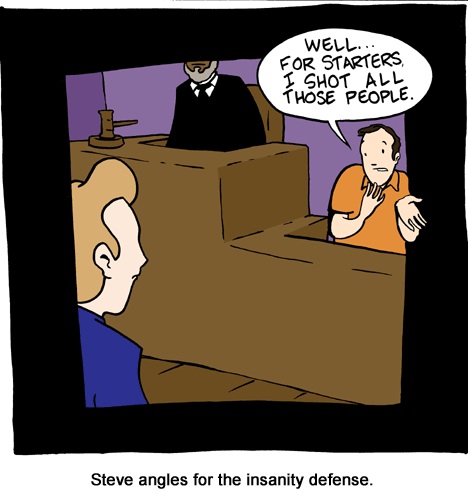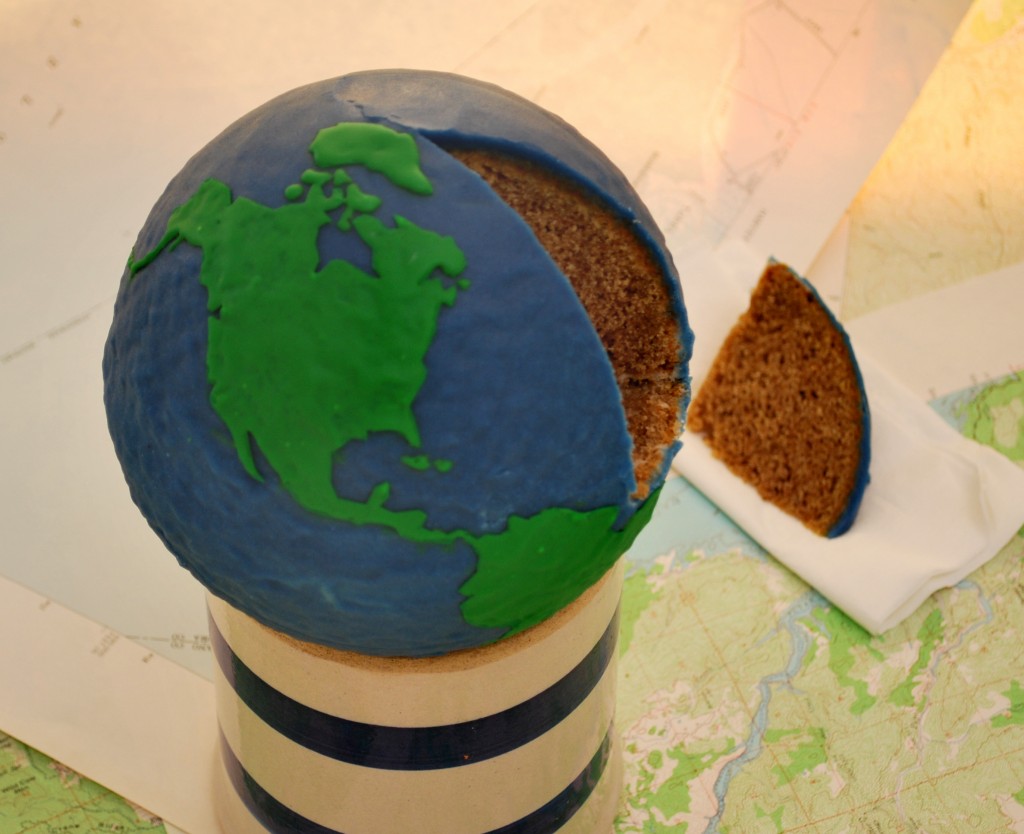Welcome the third of four reviews of The Hollow Crown, the new BBC video adaptations of Shakespeare’s history plays. The first two reviews covered Richard II and Henry IV, Part 1. This review will focus on Henry IV, Part 2, which I watched on DVD, but is also available for live streaming on the PBS website.
Let me start by saying that this was an amazing production. I felt that same exhiliarating rush of Shakespeare I felt watching Richard II. Henry IV, Part 2 is a wonderful play, and it was realized wonderfully here. But before I go on, I should issue a word of caution. If you’re unfamiliar with this play, you should probably see it before reading my review, as I will give away a few plot elements that are much better experienced in the theatrical moment. So, beware: spoilers ahead!
And it’s understandable if you’re not familiar with the play. You don’t often see stand-alone productions of it, possibly because of the stigma associated with “Part 2” which, The Godfather excepted, rarely bodes well. But, Hollow Crown title cards and DVD packaging notwithstanding, these are two different plays, not two parts of the same play. Henry IV, Part 2 is a darker and more serious play than its predecessor, and about as underrated as Shakespeare’s works get.
In his very best plays, Shakespeare shows his skill as a dramatist in the composition of his scenes. Each scene has a rising and falling action, conflict and resolution, and internal cohesion. Each could stand alone as an entertaining mini-play, even as he advances his plot and character development for the work as a whole. Hamlet and King Lear are particularly striking examples of this. Watch a good performance of any one scene and you might allow yourself temporarily to believe it’s the most important scene of the play. The result of this is that, if you don’t know the play very well, you are captivated by the dramatic tension and unexpected development of each scene and are able to stay in the moment for a long period of time. And if you do already know the play, you hang in anticipation for your favorite moments.
Henry IV, Part 2 is a cohesive dramatic work that tells a single story. But it is also a collection of incredibly entertaining scenes and powerful individual moments. And if you know what they are, you might find yourself as a kid on a roller coaster you’ve been on a hundred times. You know exactly where the dips and spins are coming, but that knowledge does nothing to diminish your anticipation and enjoyment. If that’s you, you won’t be disappointed by the version presented in The Hollow Crown. (If it’s not you, then even better, but stop reading now!) The direction is much sharper than it was in Part 1, and all of those lovely moments are clearly articulated and in many cases given new life.
Take, for example, the scene in which Hal and Poins spy on Falstaff talking to Doll Tearsheet. Shakespeare set this scene in a crowded tavern, with characters entering and exiting throughout. The Hollow Crown sets the scene in a more private room, where Falstaff and Doll can get more intimate. Instead of entering disguised, Hal and Poins are hidden, adding a sinister feel to the scene that wasn’t there before. And when Hal finally calls out Falstaff for his behavior, his tone is stern and cold. This foreshadows the later rejection scene beautifully. Simon Russell Beale (Falstaff) fills the iconic role with boisterous joy once again, but now tinged with just the right amount of sentimentality. Julie Walters (Mistress Quickly) and Maxine Peake (Doll Tearsheet) add considerably to the comic energy of the scene.
I’m a big fan of the king’s insomnia speech, and Jeremy Irons (King Henry IV) delivers. Most of the speech was presented in very wide shots, with the king as a tiny figure overwhelmed by very large spaces decked with the ornate trappings of royalty. I think it was a strong choice, though I would have liked to have seen the actor’s face a bit more. But the speech wasn’t done in voice-over, so I can’t really complain too much. And we get to see Irons very much up close and personal in his final scene with Tom Hiddleston (Hal). This is what I would call the deathbed scene, but the king leaves his bed here. They move to the throne room, which allows director Richard Eyre the opportunity to play with vertical levels and royal symbolism galore.
It’s at this point that Shakespeare fans are ready for the rejection scene. Quite possibly, it is the most memorable scene in the play, and it is often described as the saddest scene in Shakespeare. But too often overlooked is the other side of the equation: the new king embracing the policeman who chased him down in his youth. Geoffrey Palmer (Lord Chief Justice) gives a masterful performance throughout the play, but nowhere better than in this scene. He bravely looks the new king in the eye and mounts a righteous defense of his actions and duty, even as his body betrays him by gently quaking in fear. To me, this is no less powerful a moment in the play than Falstaff’s rejection.
That being said, Falstaff’s rejection was quite powerful as well. When Shakespeare’s done right, there’s nothing else like it, and this is Shakespeare done right.
One more play to go, my friends. Once more into the breach…

